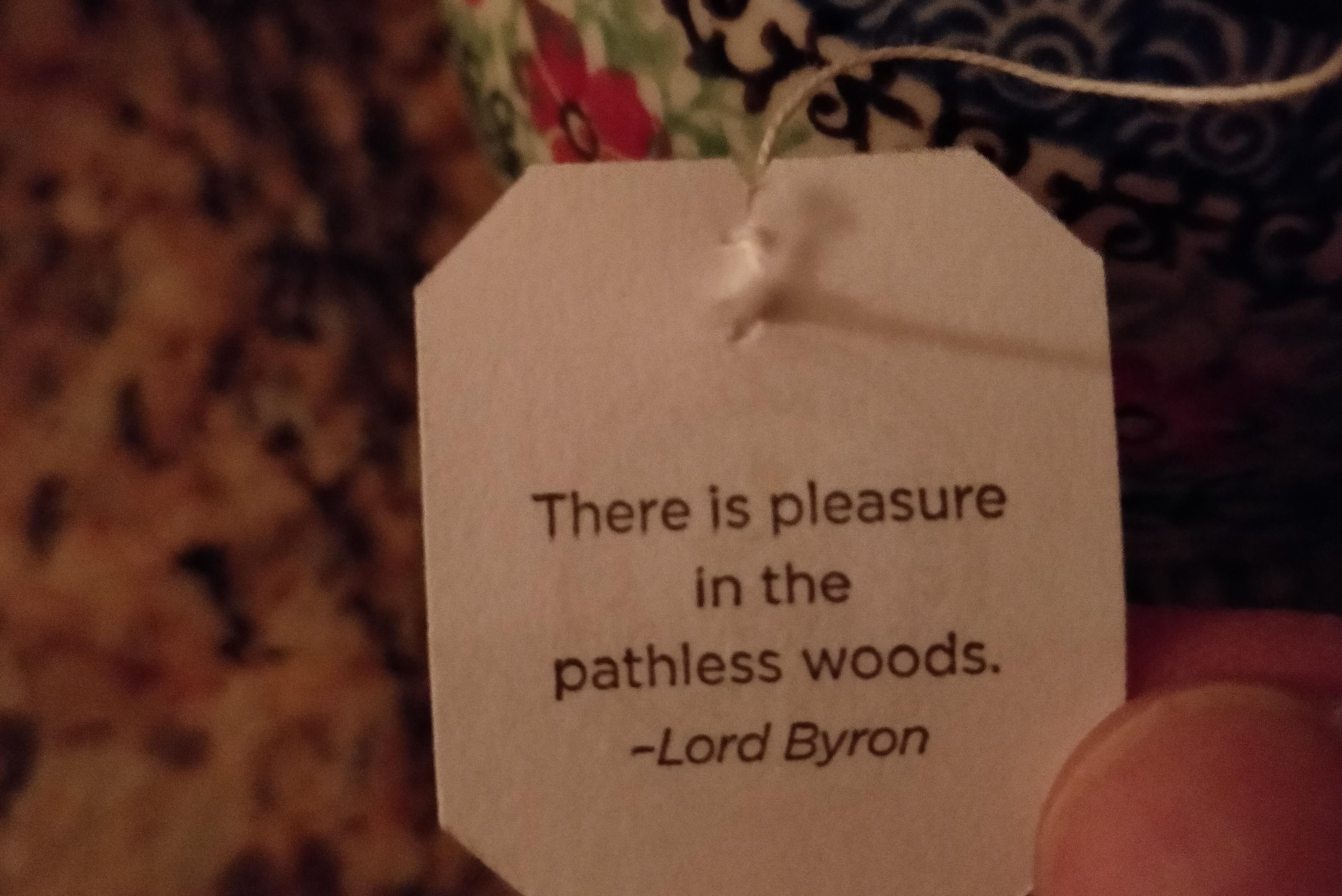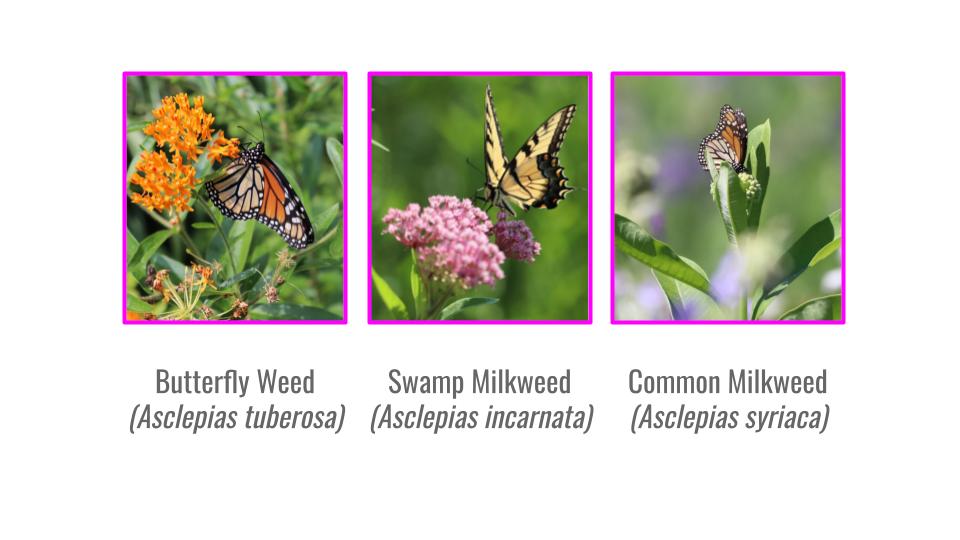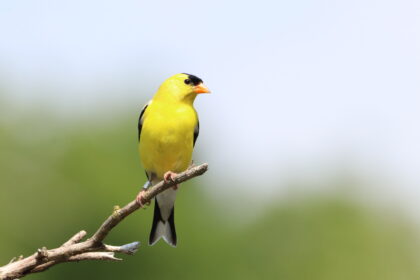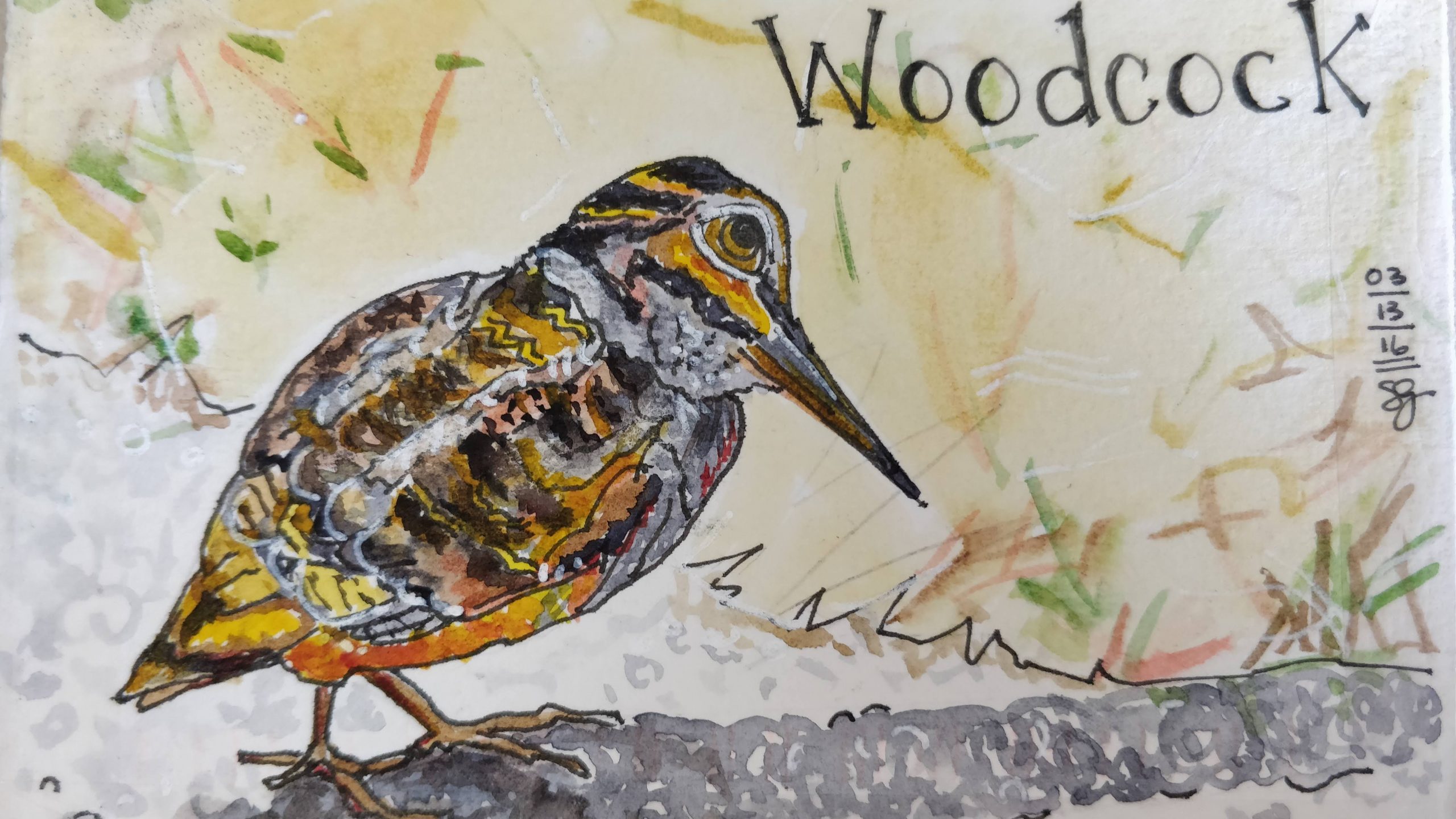Flying Jewels
A Reflection on Hiking the Thompson Preserve with Friends of Hopewell Valley Open Space for the Great Backyard Bird Count
By Samantha Bean
Sometimes, Sunday winter mornings conjure up thoughts of staying inside a warm house, drinking a hot cup of tea and enjoying the silence of a Sunday. For others, it’s the weekly ritual of planning the week ahead and getting things done before Monday strikes.
For me, on a particular windless, sunny yet very brisk morning in the middle of February, it was a time I spend counting birds for the Great Backyard Bird Count. A special once-yearly event I have been doing with my husband and daughter since she was 4.
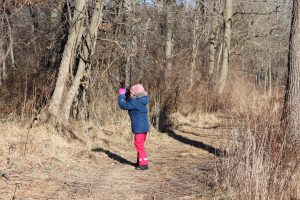
While it sounds like really hard work that only a seasoned birder would have to understand, it is actually quite simple. And all you need is eyes, ears, a pencil and a sheet of paper. Binoculars help. So do warm gloves, and appropriate footwear that can handle both ice and mud with equal traction in both types of slippery conditions. You can count birds on your back porch, but this particular year we decided to make a hike out of it, and Friends of Hopewell Valley Open Space hosted one with a professional birder leading the way.
I started my count with a group of children aged approximately 7-14 years of age, a few parents, and 3 naturalists, plus myself: part time birder and beginner wildlife photographer. As I watched the children take to the trail and vie for the top spot as line leader, we kept our eyes up and our ears open.
When you look and listen as carefully as we did, it was astonishing to see how many birds we could find with just a small amount of searching. Birds are typically very active first thing in the morning, and the bright blue sky was the perfect contrasting backdrop to the naked treetops that seemed to nearly every bird the perfect camouflage—gray, black, brown or tawny. Save for the bold black vultures that were dotting the sky here and there.

First, a sparrow here. A junco there. Then the unmistakable red head of the downy woodpecker on his black and white peppered body. As the ice beneath our feet crunched, the noises of the canopy were starting to arise as we walked nearer to the forest’s edge. The loud, rolling call of the red-bellied woodpecker and the cacophonous tiny wren. I still can’t get over how so much song can come from such a tiny bird! When the trail turned right heading east, the ground was now being hit by a higher, much warmer winter sun and the mud was just about everywhere. But I’ll take the mud, as long as I can feel the heat of the sun on my face. It’s a fair winter trade.
Soon, the forest to our left, and the meadow to our right, a restoration project was starting to emerge. All the ivy, invasives, and non-native shrubs have been whacked down. Leaving behind only sturdy, old trees, and a few young saplings mixed in. A virtual mecca for birders: open canopy above and safe footing below! Finally! Seeing what the forest should be like without the multiflora rose, giant vines sucking the life out of trees with an anaconda-like grip, and all the other invasive plants that don’t belong. This, a work in progress, will soon be fenced in and planted with natives. For now, it was an opportunity to do a little more bird counting without being attacked by thorns. And, it was a mud-free zone. I was about to take a picture of a lovely hairy woodpecker I spotted about three-quarters of the way up the tree, I was later able to realize with the help of some more seasoned birders that I was in fact looking at a yellow-bellied sapsucker. Now, that is something you get excited about! My photo came out blurry, but still a “win” in my book. It was a new bird for me, one I had only seen in my books and pocket guides.

Another turn through the farmland of the Thompson preserve turns toward a beautiful meadow. In the summer, it’s in bloom of yellow and purple from all the black-eyed susans and wild bergamot, but for now, it’s a haven for sparrows, juncos, and other smaller birds that tend to stay in small groups together.
Another turn, another change in footing. Back to ice now as we traverse a creek (with the Roots for River restoration project in place) and wind our way up and down some small inclines and under and over some fallen trees. Back in the forest, and more likely to get back to seeing the woodpeckers. Down a slope we head and do a little trail maintenance. A benefit of having three strong parents on the walk, a small footbridge that was probably washed aside in one of this winters’ many heavy rain events is now back in its proper spot. The next batch of hikers won’t need to do a flying leap like we did…a tricky task indeed while wearing binoculars and cameras around your neck!

Then, we come across the Stony Brook. Running mighty clear and fast, I was hoping to see a great blue heron stalking the quiet, shallow corner pools. With no such luck, our group of about 9 stood at the top of bank to soak in the calming sound of running water, which I realize now is why I stopped in the first place. There is something about that noise. It’s no wonder why you always hear it in spa music. Meanwhile, the 4 kids had already made their way down to the water to poke at the few remaining ice chunks and to see how close could they get to falling in…without actually falling in.
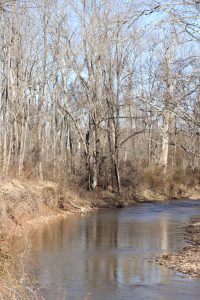
Keeping my eyes peeled on the bank across the brook hoping to see some movement or a branch wiggle…and partly to keep my eyes away from the antics of kids around water that makes it seem like they were—at one time—an amphibian themselves. I catch a glimpse out of my left eye and no sooner was it out of my right eye and then gone. A kingfisher! Slightly larger than a blue jay and not quite as bright of a blue. He flew over the water so fast it was like I blinked and he was gone. But still, we all saw him. Well, except the kids—their eyes were fixed on skipping stones. It was one of those bonuses that nature throws at you. Like finding a hidden jewel in a video game, you continue on knowing that there just has to be more! I kept my hopes up and focused my eyes across the water. At once, I did see some movement, a small grayish bird hoping up the tree vertically, sometimes out of sight as he climbed the back of the tree. My first inclination was nuthatch. But his color was off. They have a cute black cap on a steel gray body. This bird had all the movement of a nuthatch, but I was still not convinced. I needed more seasoned eyes to help my figure this one out. Our bird expert pinned it immediately, a brown creeper! Again, a jewel, another to add to the count, and another new sight for my eyes!
Our bird count numbers continuing to climb, the distance between our group was beginning to lengthen too. Each of us finding our own pace, our own calm. The kids were somewhere behind me. I lost track of my own daughter somewhere in the the bergamot meadow. Once in a while I would see the glimmer of a pink hat a ways away. Some of us conversing about our latest vacations or what plans we have ahead in the coming spring. Others were still binoculars in hand looking for more hidden jewels. But I could tell one thing was in common with all of us. We were all slowing down. Not because we had just been on a trail for close to two hours, but because there was no need to be in a rush. There is calm in nature. And everyone was enjoying it.
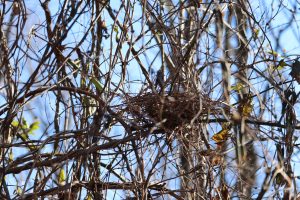
Join the Audubon’s Great Backyard Bird Count next year and enjoy your hunt for hidden jewels. But first, get out there and practice. There are trails everywhere. Kids are always welcome, and the birds will be there. Just open your eyes, your ears, and wear good footwear. Happy searching!
The Great Backyard Bird Count is a free, fun and easy event held every February. Participants are asked to count birds for as little as 15 minutes (or as long as they wish) on one or more days of the four-day event and report their sightings to birdcount.org. Anyone can participate, from beginners to experts, and your own backyard or anywhere in the world!

